This Learn Workbook supports engagement with the Voice and Choice protocol. Created by Julie Rains.

This Learn Workbook supports engagement with the Voice and Choice protocol. Created by Julie Rains.

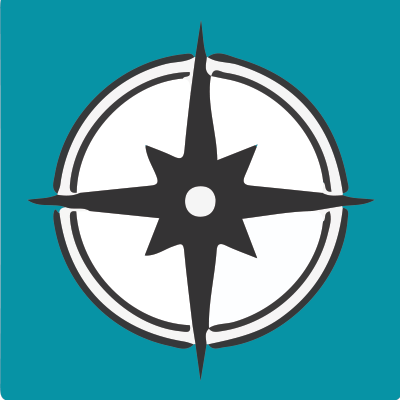
This tool guides young learners to look closely at a system and explore its complexity by directly experiencing the system and reflecting on that experience. This is particularly helpful when working with very young students who may struggle to conceptualize a complex system without direct experience. In addition, this tool provides suggestions for making student thinking visible by encouraging students to share their ideas and learn from each other.
Engaging young learners in exploring complexity and finding opportunities to make systems better requires perspective taking and empathy. Role playing can be a powerful approach to support learners in taking others’ perspectives when exploring the roles, ideas, and feelings of different characters in a system. Here we offer a few thoughts on how to leverage children’s natural desire to play and how to employ different thinking routines to foster perspective taking and empathy. This tool is intended as a starting point and does not need to be followed step by step or happen all at once.
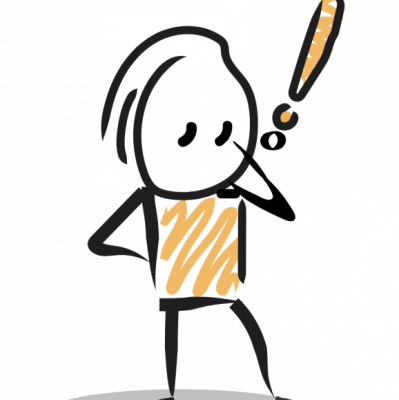
这个思考模式鼓励学生多方面思考,为一件物品/系统思考各种新的可能性。然后再鼓励学生把新想法融合起来,决定一个有效率的方法去完善,从新设计,和拆解物件/系统。
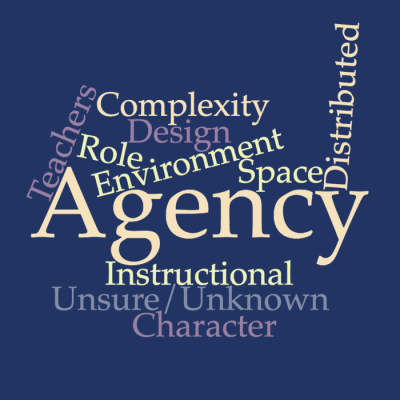
Agency by Design research assistant Sarah May explores the complex nature of working with qualitative data based on her experiences collaboratively coding and analyzing AbD’s interview transcripts.
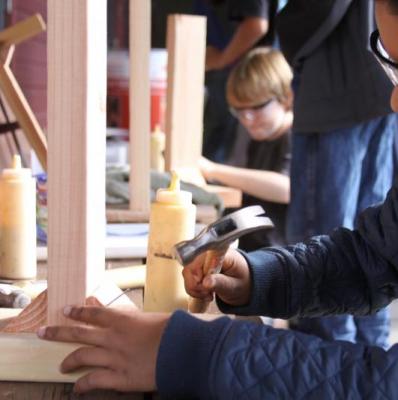
In this picture of practice essay, educators Ilya Pratt and Jeanine Harmon share a community “Design + Build” project. Fourth and fifth grade students from North Oakland Charter School and Park Day School find an opportunity to work together to build T-Stools for classrooms.
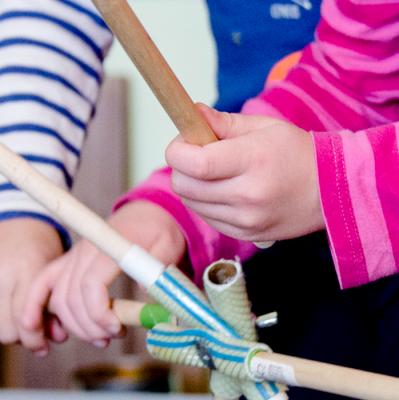
Agency by Design Principal Investigator Shari Tishman takes a dispositional approach to redefining “maker empowerment.”
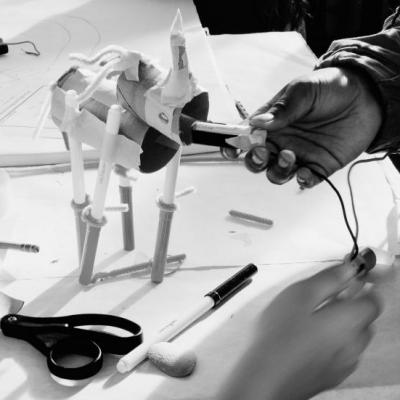
These conversation-starters help learners become sensitive to the presence of the Making Moves in their own and others’ learning. They also help learners have substantive conversations about the Making Moves with their peers.
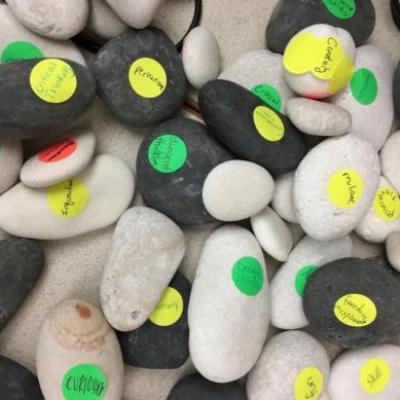
In this essay, leaders of the Agency by Design Pittsburgh network Peter Wardrip, Jeffrey Evancho, and Annie McNamarra describe their process of pursuing documentation and assessment strategies for maker-centered learning that are based on the values educators bring to their work in schools and other settings. Using the metaphor of big rocks and little rocks as introduced by Steven Covey, the authors describe the process of identifying one’s values and documenting and assessing student learning from the perspective of one’s values. They then articulate the lessons they have learned and their suggestions for moving forward. The core findings that emerge from this work are: (a) identifying one’s values is challenging, (b) documentation requires practice, (c) one’s values are linked to one’s content, and (d) visibility supports measurement.